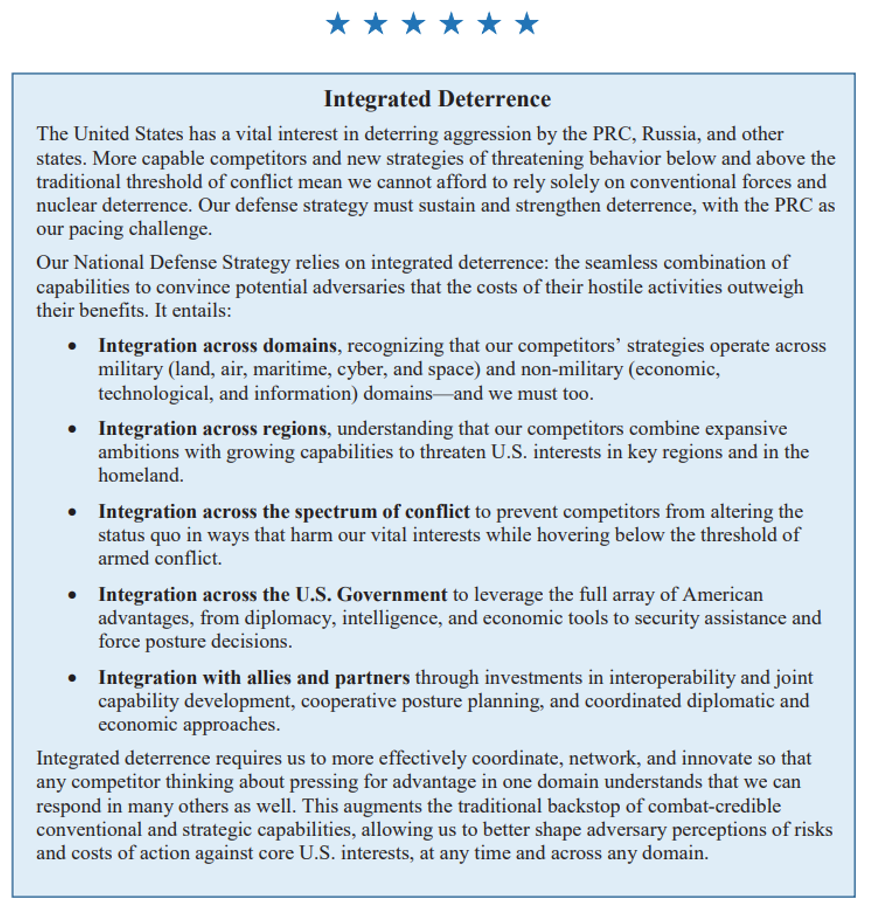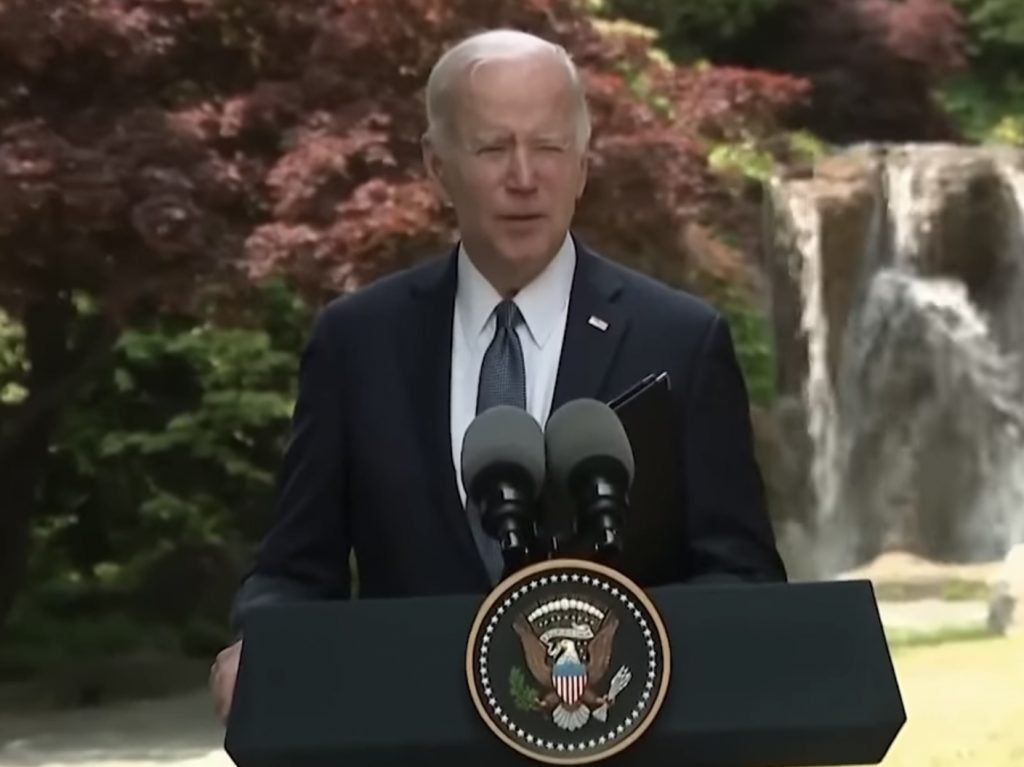US Releases 2022 National Security Strategy
On 13 October, the US finally unveiled the long-awaited unclassified 2022 National Security Strategy. The document does a much better job at defining priorities than many of its predecessors; the new strategy makes clear that it is China, not Russia, which is America’s key competitor and defines the current geopolitical system as one defined by competition between autocracies and democracies. It also champions an integrated approach to achieving major US policy objectives and outlines a vision where America will remain active in shaping and upholding the current liberal world order.
Particularly consequential is the clear recognition that China is the main competitor challenging the US and the current global order. Russia is portrayed as an immediate challenge, but it is acknowledged that Russia lacks the power to single-handedly revise the international order even if its war in Ukraine is an immediate challenge:
“Russia and the PRC pose different challenges. Russia poses an immediate threat to the free and open international system, recklessly flouting the basic laws of the international order today, as its brutal war of aggression against Ukraine has shown. The PRC, by contrast, is the only competitor with both the intent to reshape the international order and, increasingly, the economic, diplomatic, military, and technological power to advance that objective.”
A clear logic in the strategy is that domestic and foreign policy and intricately linked and that enabling the US to compete with China requires a strong democracy at home, investing in domestic industry, and implementing more social policies. This logic of linkages at the center of competition is present throughout the strategy. The strategy argues that greater global stability, achieved through initiatives like ending global hunger and countering climate change, will make areas of the globe less susceptible to terrorism and Chinese influence. It also introduces the concept of “integrated deterrence” which consists of integration across domains, integration across regions, integration across the spectrum of conflict, integration across the U.S. Government and integration with allies and partners.

The full strategy is available to read here.

